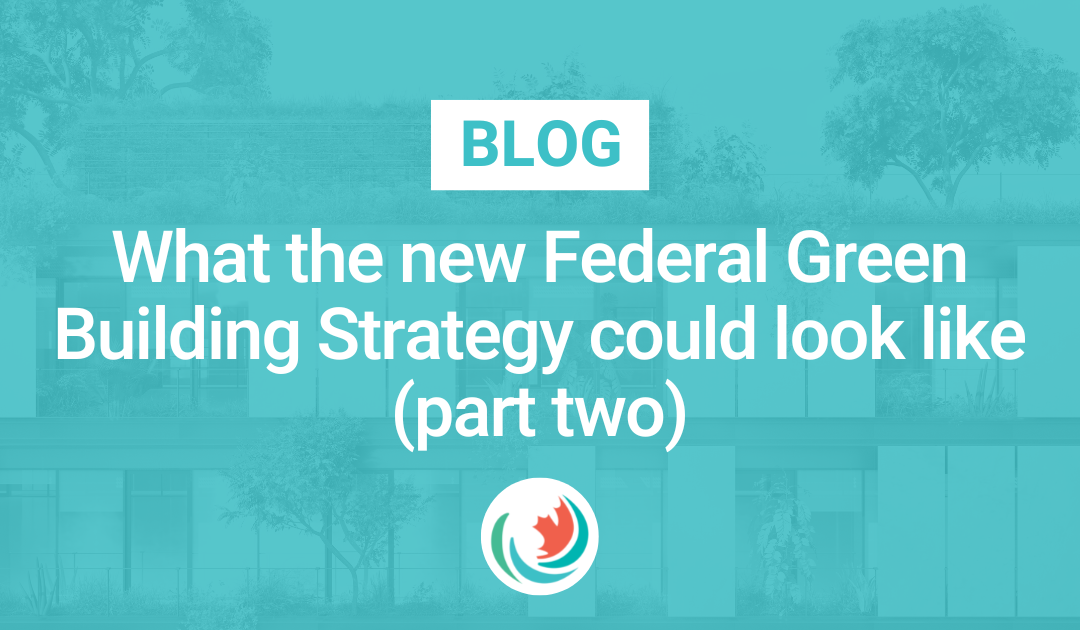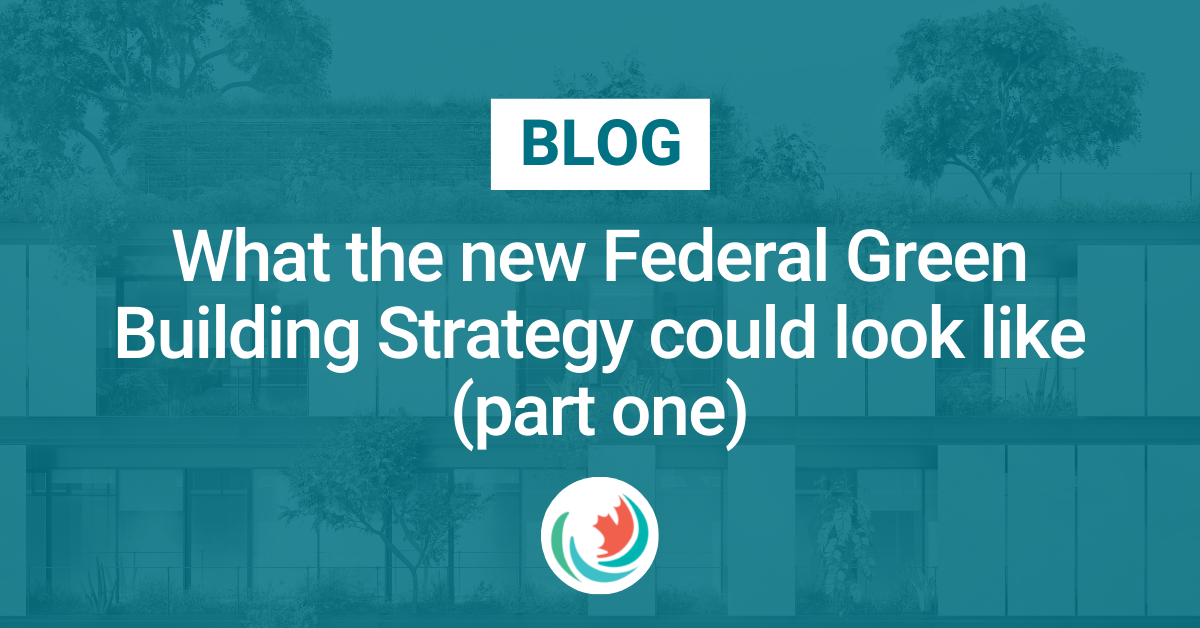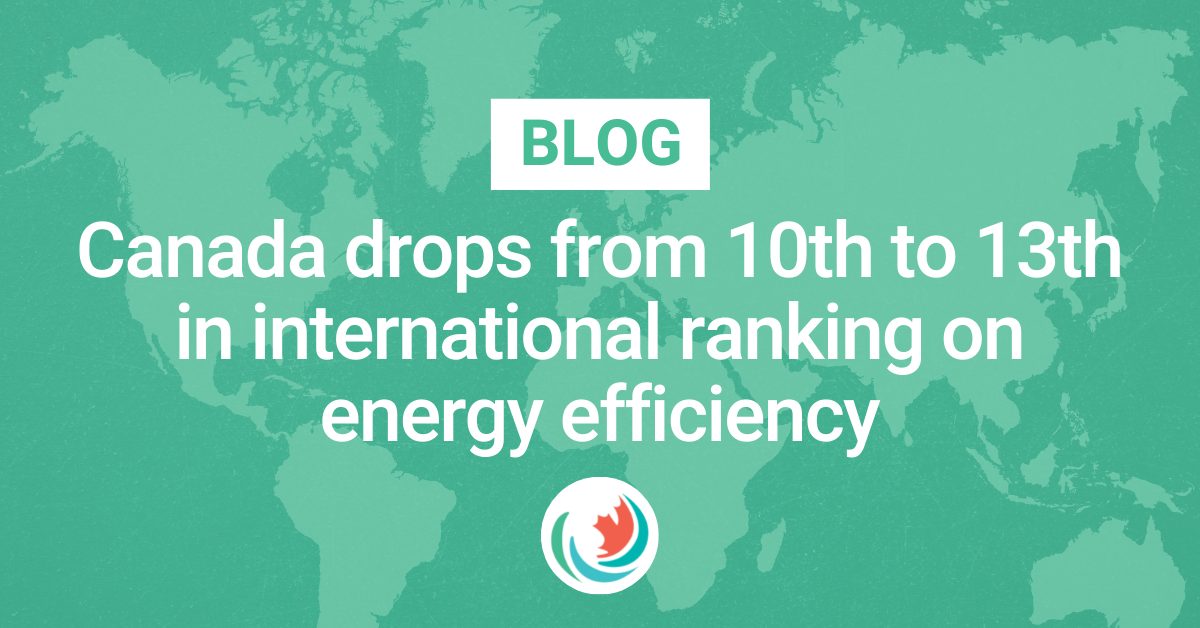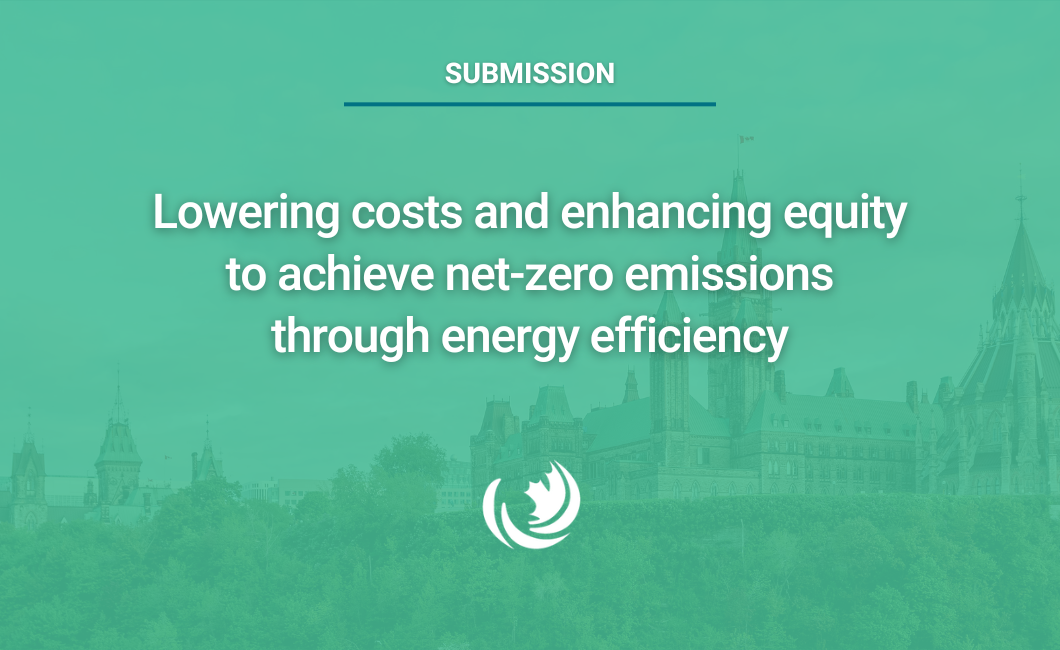
In part one, we examined five high level themes that could help guide Canada’s new federal Green Building Strategy. Part two will examine specific policies and policy frameworks that the Strategy must consider to achieve net-zero emissions by 2050.

By establishing “net-zero emissions” as the goal of the Green Building Strategy the federal government will need to lead a process of structural change towards that end state. That means defining the building standards and policies that are needed to reach net-zero and forging coalitions of provinces, municipalities, utilities, businesses etc. taking actions consistent with that goal. A net-zero framework therefore contrasts with previous strategies that focused on incremental emission reductions and efficiency improvements, and relied upon achieving consensus amongst provinces and territories.

The 2022 International Energy Efficiency Scorecard is out. Produced by our colleagues at the American Council for an Energy Efficient Economy, it assesses the policies and performance of the world’s top 25 energy consuming countries. In this blog, we dig into the results, and discuss what we can learn to improve energy efficiency in Canada.

The federal government released its 2030 Emissions Reduction Plan, which lays out actions to guide Canada towards a national goal of 40-45% GHG emission below 2005 levels by 2030. Energy efficiency features prominently throughout.

To achieve net-zero emission goals, this budget must strategically dedicate resources to prepare for a significant scale-up in energy efficiency. Canada lags other nations in the efficient use of energy resources. A recent International Energy Agency analysis showed that Canada has the highest energy intensity measured by total final consumption per unit of GDP amongst all member countries. However, this suggests there is significant potential to cut energy costs, improve productivity, and reduce emissions.






